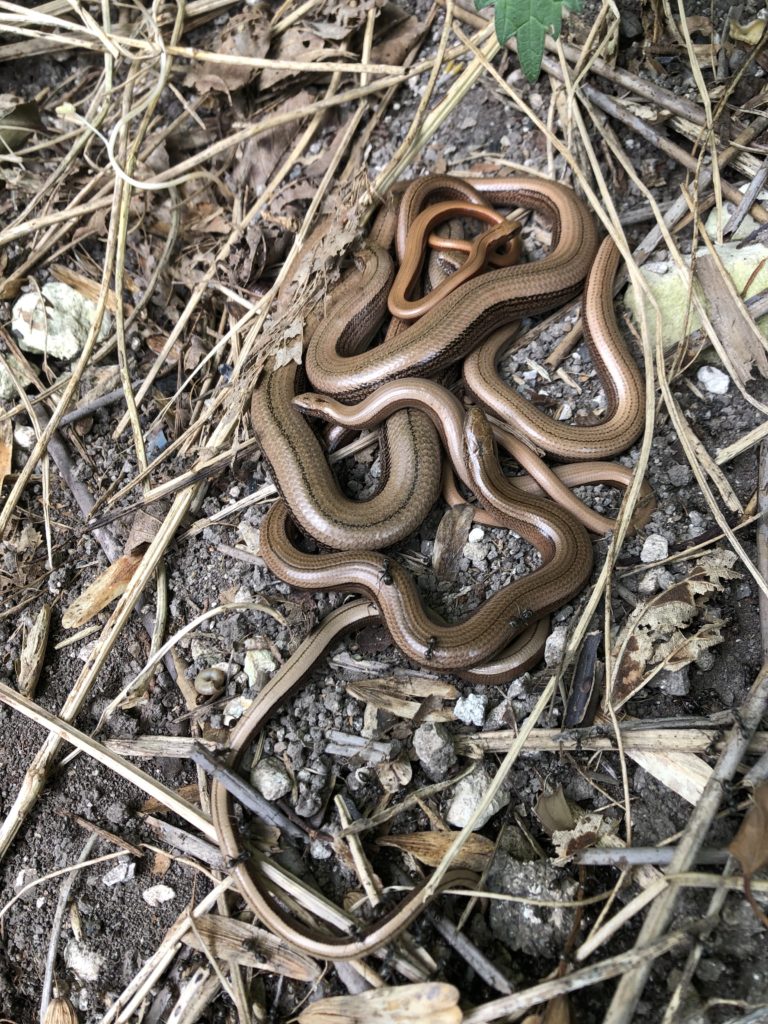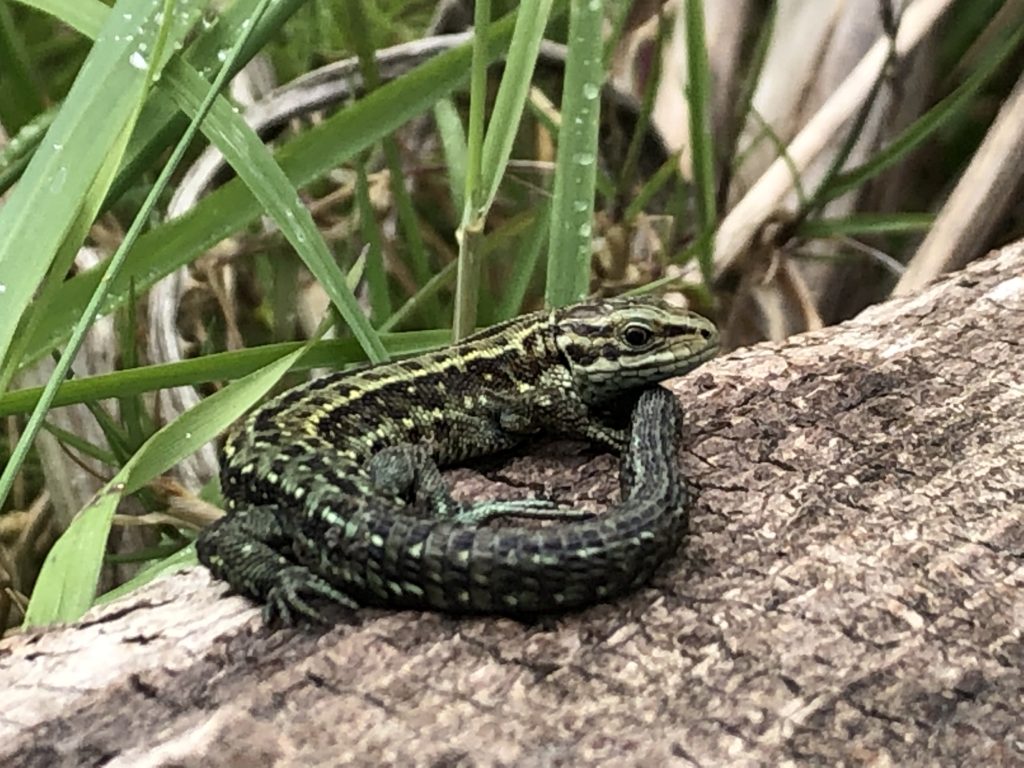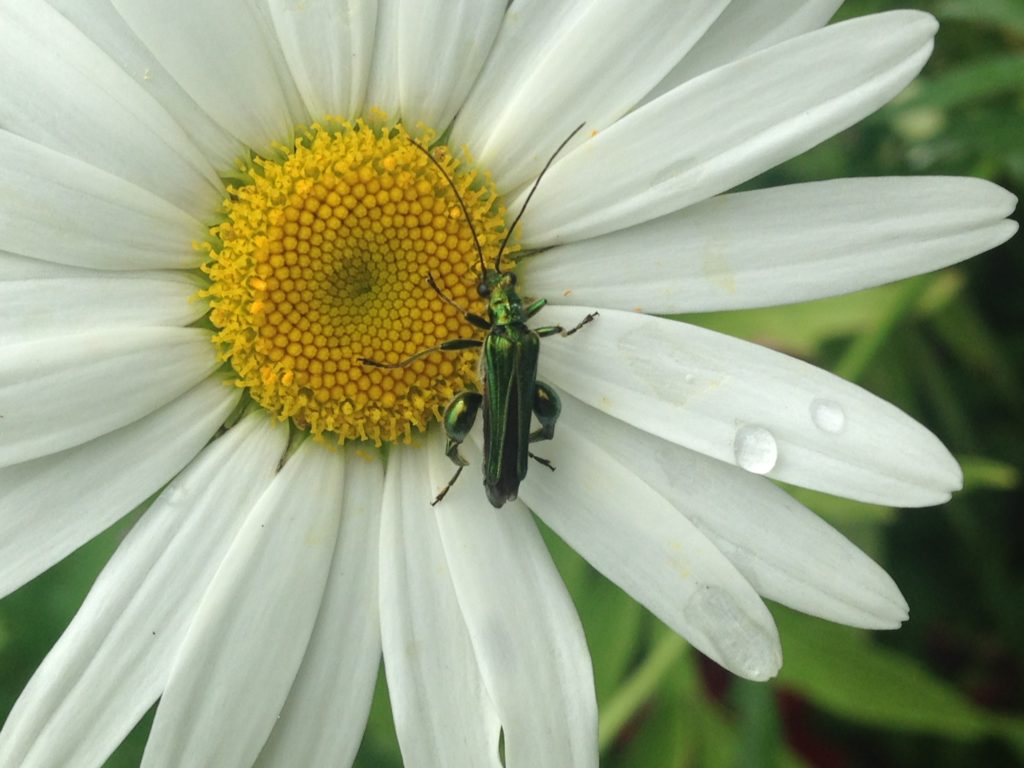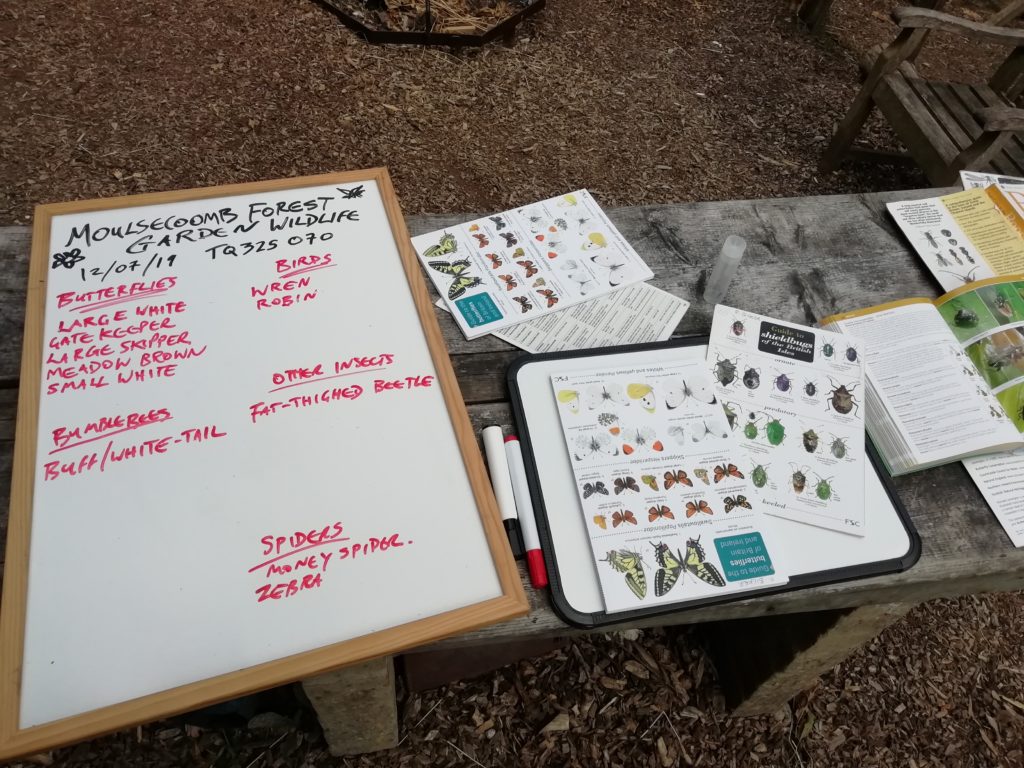



Our project’s aims include “creating and enhancing wildlife habitats, and protecting biodiversity” as well as “involving children in learning to respect nature and the environment”.
With ecologist Rachel Bicker coming on board as a trustee in 2018, we have a great opportunity to explore what lives in the Forest Garden and its surroundings which helps to influence our planting and how we manage the site to encourage the best mix of plants and wildlife. Different aspects of biodiversity form a large part of our day-to-day activities and our education programme.
With so much pressure from local development, it’s more and more important to protect what we still have. We encourage local people to come and learn about what we’re doing and how to make their own gardens more wildlife friendly, as well as other green spaces like school grounds, parks and allotments.
Thanks to our campaign, Queensdown Woods, directly behind the allotments, is now in the South Downs National Park. We have drawn up a Management Plan (2009), which includes involving pupils in learning about coppicing and woodland management.
We invite local people to get involved in wildlife surveys through regular events, ongoing observation and surveys, with experts on hand to share their wildlife wisdom and help us to learn about our environment.
Wildlife videos and photos
Want to know what you can expect to find at the garden?
Catch the latest wildlife updates on our YouTube channel
and
Check out some of our photos on Flickr
Reports and records



Moulsecoomb Forest Garden Charity Reports
MFGWP Charity Report 2023-24
MFGWP Charity Report 2024-25
Moulsecoomb Forest Garden Wildlife Plan
Our Wildlife Plan highlights the notable plant, animal and fungi species found in the vicinity of the garden and a program of habitat works to enhance the site for wildlife. These targets are open-ended and not time-restricted although some work timings are seasonal to reduce disturbance to sensitive wildlife.
Moulsecoomb Forest Garden Wildlife Plan 2020
Queensdown Woods
Directly behind us, these young woods on the edge of Brighton are a gateway to the South Downs national park.
Queensdown Woods Management Plan 2009
Home Farm Field
A report on the important wildlife species of Home Farm Field and how they can be conserved and enhanced:
Home Farm Field wildlife report 2020-2021
Westlain Belt
Once part of the Great Stanmer Woods, this small woodland is behind Brighton Aldridge Community Academy, perfectly situated to offer outdoor educational opportunities for all.
Westlain Belt Management Report 2011
These management reports also put the woods into historical and archaeological context.